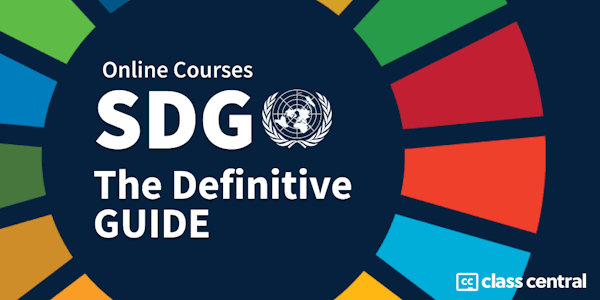Too often modern cities and suburbs are disorganized places where most new development makes daily life less pleasant, creates more traffic congestion, and contributes to climate change. This trend has to change; and our course is going to show you how.
Ecodesign means integrating planning, urban design and the conservation of natural systems to produce a sustainable built and natural environment. Ecodesign can be implemented through normal business practices and the kinds of capital programs and regulations already in use in most communities. We will show you how ecodesign has already been used for exceptional projects in many cities and suburbs—from Hammarby Sjöstad in Stockholm to False Creek North in Vancouver to Battery Park City in Manhattan, as well as many smaller-scale examples that can be adopted in any community. Cities and suburbs built according to ecodesign principles can and should become normal, instead of just a few special examples, transforming urban development into desirable, lower-carbon, compact and walkable communities and business centers.
As this course describes specific solutions to the vexing urban challenges we all face, course participants can see how these ideas might be applied in their own area. Participants will learn the conceptual framework of ecodesign, see many real, successful examples, and come to understand the tools, processes, and techniques for policy development and implementation.
Ecodesign thinking is relevant to anyone who has a part in shaping or influencing the future of cities and suburbs – citizens, students, designers, public officials, and politicians. At the conclusion of the course participants will have the tools and strategies necessary to advocate policies and projects for a neighbourhood or urban district using the ecodesign framework.



